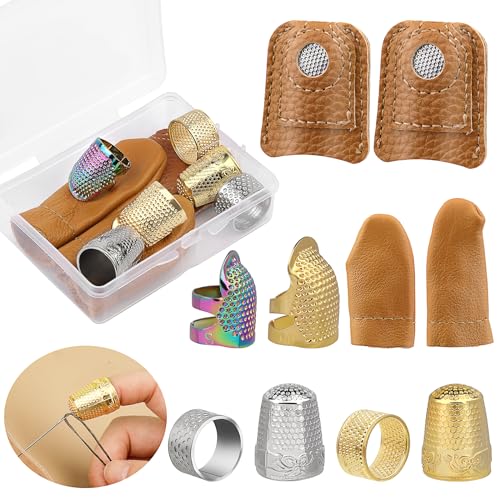Understanding the Importance of Cleaning a Thimble
A thimble is a small tool used by sewers and quilters to protect their fingers while pushing needle through fabric. It may seem like a small and simple object, but it plays a crucial role in the sewing process. Over time, thimbles can accumulate dirt, oil, and other debris, which can affect their functionality. Therefore, it is important to regularly clean your thimble to maintain its usability and extend its lifespan.
Gathering the Necessary Supplies
Before you begin the cleaning process, it is important to gather all the necessary supplies. You will need:
- Mild dish soap or hand soap
- Warm water
- Soft-bristle toothbrush
- Clean cloth or towel
Make sure that the soap you are using is gentle and does not contain any harsh chemicals that can damage the thimble.
Steps to Clean a Thimble
Follow these simple steps to clean your thimble:
- Fill a small bowl or basin with warm water.
- Add a few drops of mild dish soap or hand soap to the water.
- Place the thimble in the soapy water and let it soak for a few minutes.
- Use a soft-bristle toothbrush to gently scrub the thimble, focusing on any dirt or stains.
- Rinse the thimble under running water to remove any soap residue.
- Pat dry the thimble using a clean cloth or towel.
- Leave the thimble to air dry completely before using it again.
Additional Tips and Considerations
Here are a few additional tips and considerations to keep in mind:
- Avoid using abrasive cleaners or scrubbing too harshly, as this can scratch or damage the thimble.
- If the thimble has stubborn stains or residue, you can try soaking it in a mixture of equal parts vinegar and water before scrubbing.
- If your thimble is made of metal, such as stainless steel or brass, you may want to dry it immediately after cleaning to prevent any potential rusting.
- Regularly cleaning your thimble will not only keep it in good condition but also prevent the transfer of dirt and oils onto your fabric.
Maintaining and Storing Your Thimble
After cleaning your thimble, it is important to properly maintain and store it to ensure its longevity. Here are a few tips:
- Keep your thimble in a clean and dry place, away from moisture and direct sunlight.
- If you have multiple thimbles, consider using a dedicated storage case or tray to keep them organized and protected.
- Inspect your thimble regularly for any signs of damage or wear. If you notice any issues, such as dents or loose edges, consider replacing the thimble to avoid any potential accidents or discomfort while sewing.






